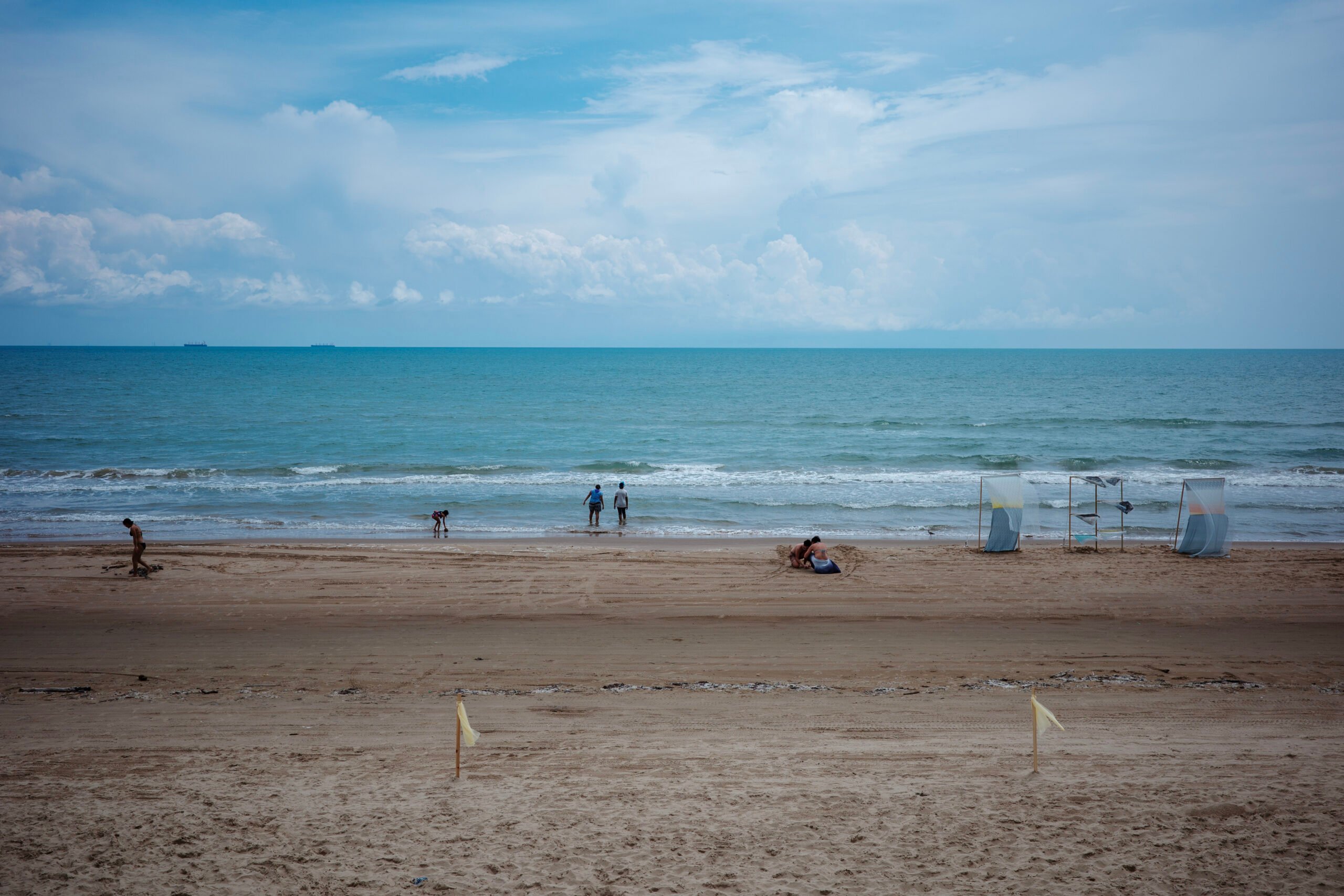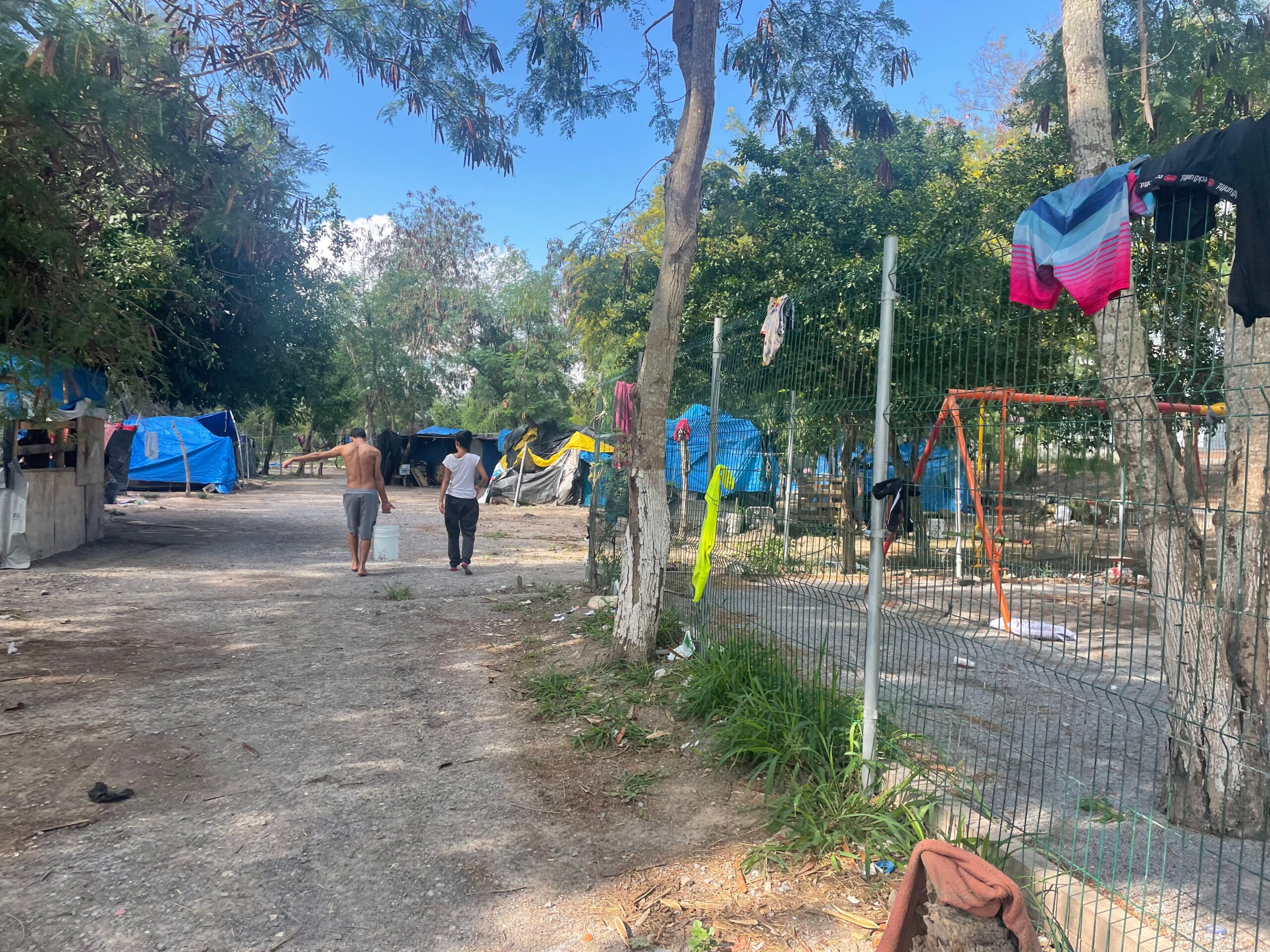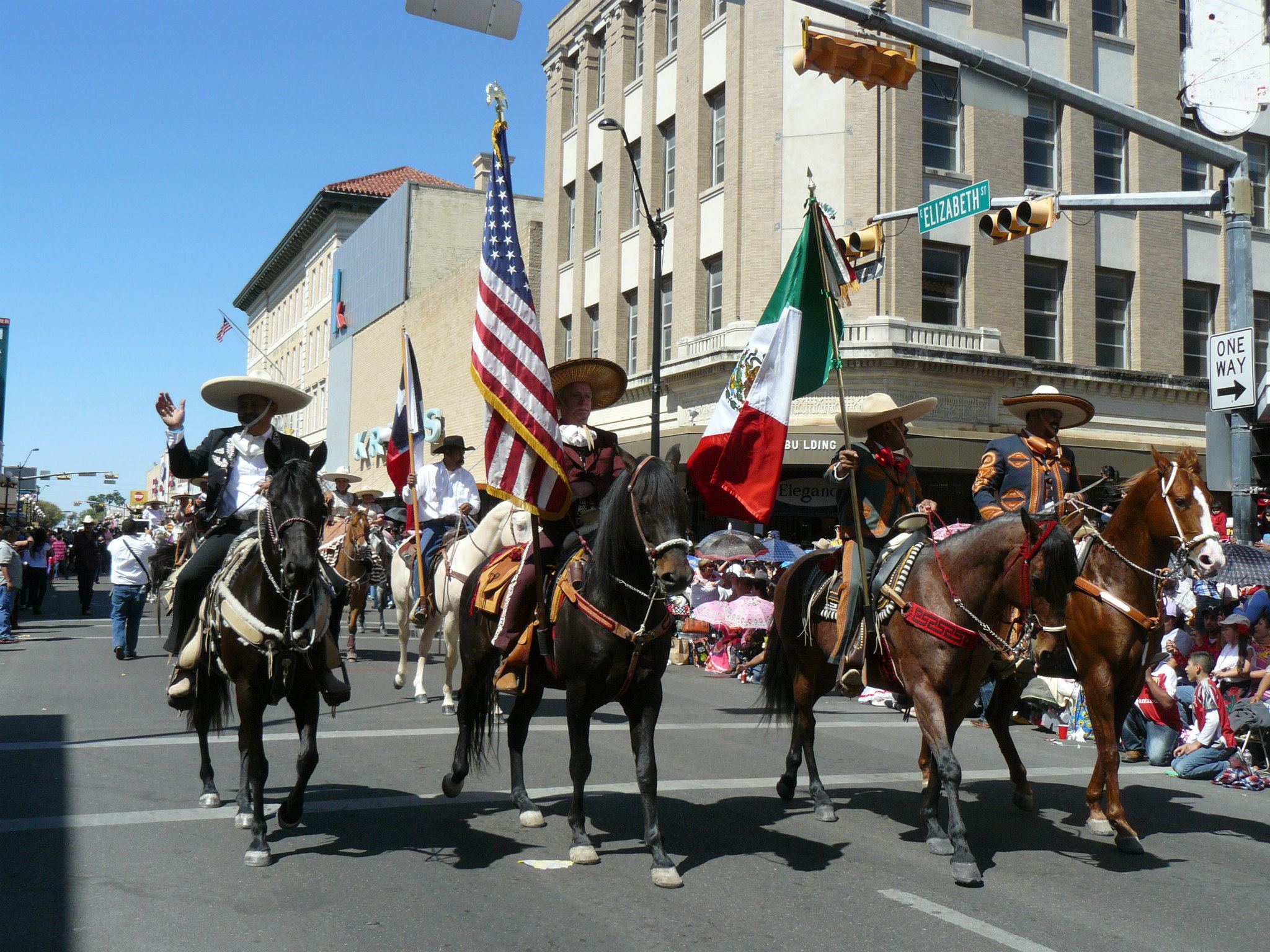
For 76 Years, ‘Charro Days’ Has Bound Texas and Mexico Together

In many parts of the U.S., when the subject of Mexico arises, calls for more border security, higher walls and stricter immigration laws quickly follow. But in Brownsville, Texas, the ties that bind two nations together have been celebrated for 76 years during the annual Charro Days Fiesta. I grew up in Brownsville and have been attending Charro Days—named for the Mexican cowboy with the wide-brimmed hat—since the early 1970s. My parents and grandparents, likewise, attended from the time they were young. But with U.S.-Mexico relations riven by American immigration enforcement and Mexican narco-violence, I went home to see how traditions have changed.
Just days before this year’s Charro Days, the U.S. Consulate in Matamoros issued a travel warning for the border region of the state of Tamaulipas, following a spate of carjackings.
But I found that the border spirit—neither fully American nor fully Mexican but something altogether unique—lives on.
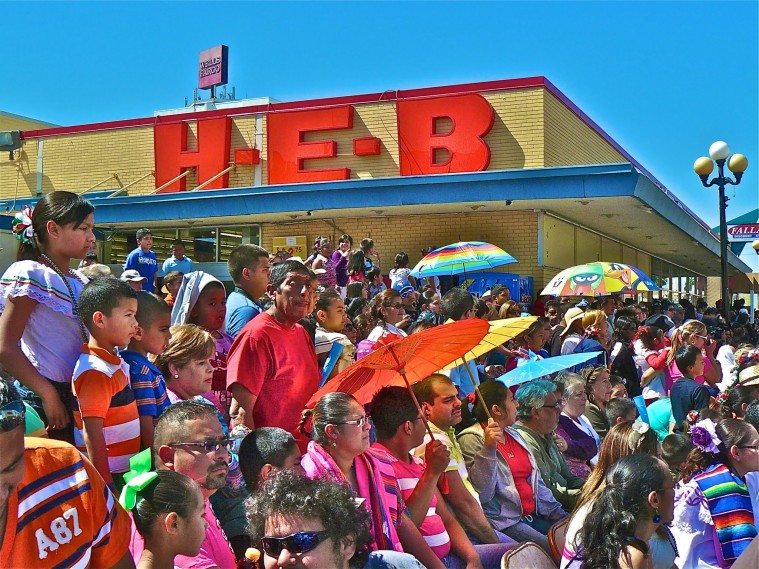
Consider one of my favorite floats in Saturday’s parade: a flatbed truck carrying a group of uniformed Customs and Border Protection agents playing conjunto music. I saw them at last year’s Sombrero Festival where they brought the house down. The irony of a bunch of Hispanic guys in CBP uniforms playing Tex-Mex music to a cheering Hispanic crowd is not lost on me. It’s also not unusual in the Rio Grande Valley where Texas and Mexico meld into one.
Locals continue to keep Charro Days a bi-national celebration as best they can. In the early days, the bridges to Mexico remained opened so that citizens of both countries could freely share the events happening on both sides—street dances in Brownsville, rodeos in Matamoros, parades in both cities.
Those days are gone, but this year the mayors of Brownsville and Matamoros still met midway on the Gateway International Bridge for the traditional Hands Across the Border ceremony. The mayors exchanged gifts and hugged while schoolchildren from both countries did the same. Wearing a fringed leather jacket with white filigree—a traditional costume from the state of Tamaulipas—Brownsville Mayor Tony Martinez recalled the importance of this symbolic gesture.
“We are more than neighbors, we are family,” he said to the crowd in English, while Matamoros Mayor Alfonso Sanchez Garza described the ceremony in Spanish as “a hymn to the friendship the two cities share.”

In the 1960s, a small group of Chamber of Commerce leaders in Brownsville created the Mr. Amigo Association to honor Mexican celebrities who work toward furthering U.S.-Mexico relations. Over the years, a number of famous Mexican entertainers—both male and female—and one former Mexican president have been crowned Mr. Amigo. This year’s title-holder, a telenovela star named Eduardo Yañez, drew throngs of adoring female fans to Charro Days festivities, especially the three Brownsville parades that took place Thursday through Saturday.
Saturday’s parade also featured fifteen entries that made the trek from Matamoros to appear in the event. Thirty years ago, that number would have easily been much higher, but tightened security and immigration measures have changed things, Charro Days Association President Henry LeVrier says. For years, the Grand International Parade started in Brownsville and continued on to Matamoros to join that city’s Fiestas Mexicanas, but that all changed about four years ago due to concerns over firefights in Matamoros between Mexican military and cartel members.
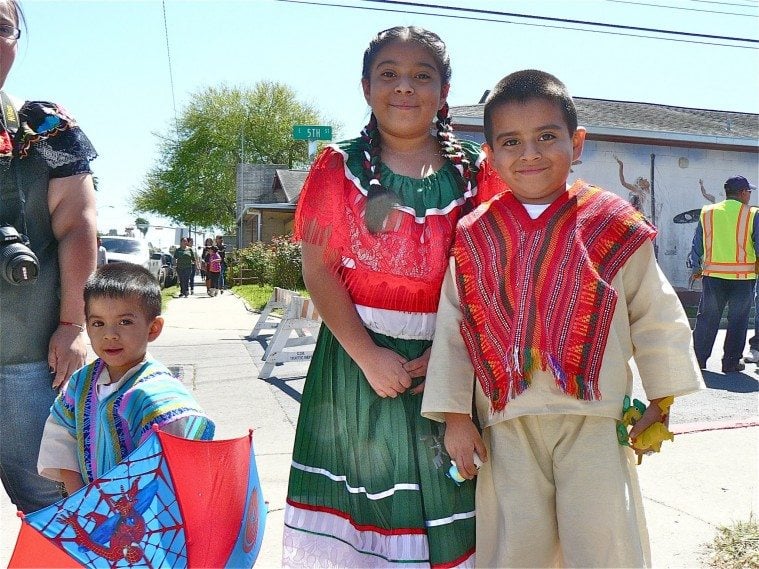
These days, after the parades families are more likely to head to the Sombrero Festival —a 27 year-old fair held in Brownsville’s Washington Park with live music, food booths and Mexican-themed competitions like the “Grito Contest,” (a grito is a Mexican victory cry), and the ever-popular “Frijolympics,” (a bean cook-off).
A bevvy of souvenir shops from the Matamoros mercado have also come over to the Brownsville side now that Brownsvillians are afraid to travel to Matamoros to buy their Charro Days costumes.
As Mayor Martinez said at last year’s Hands Across the Border event, “Our two cities will always be one family. No matter the forces that try to pull us apart.”
LeVrier agrees, telling me, “We continue meeting throughout the year with organizers in Matamoros to keep the spirit going.”
Neither prefabricated walls nor the threat of narco-violence can destroy that and I suspect, when this current political climate is relegated to the history books, Charro Days will still be going strong.
